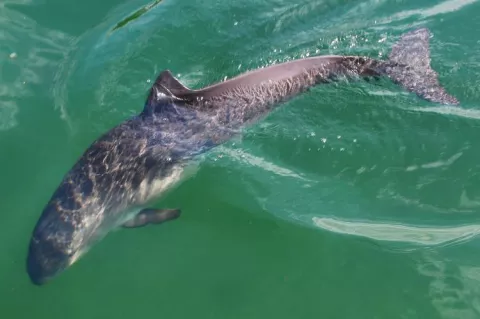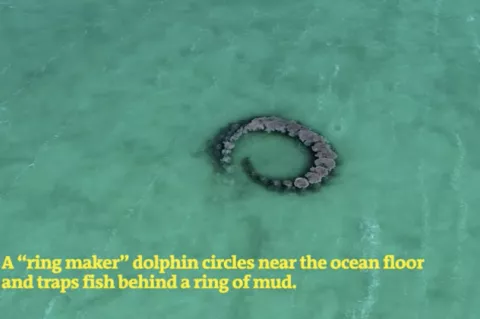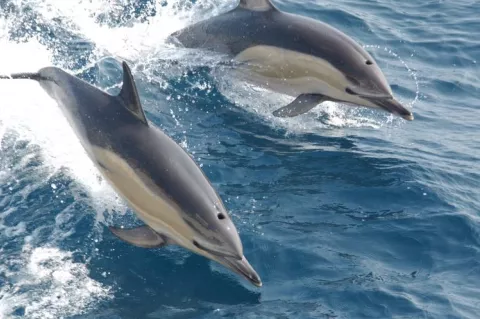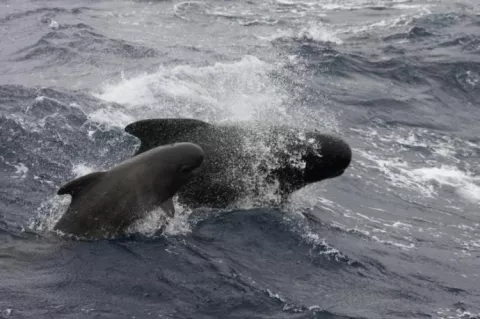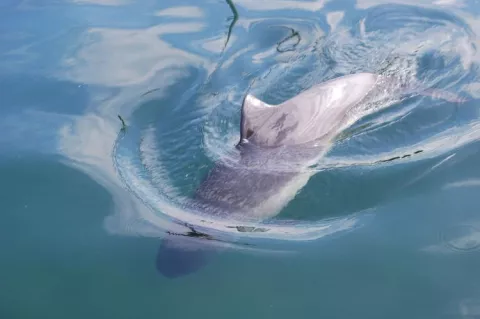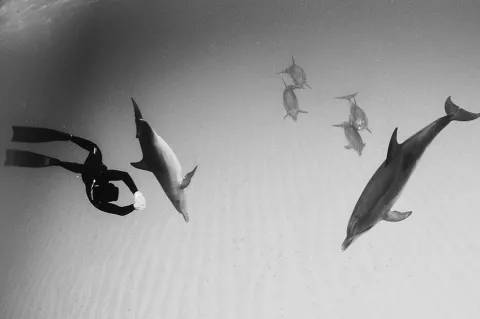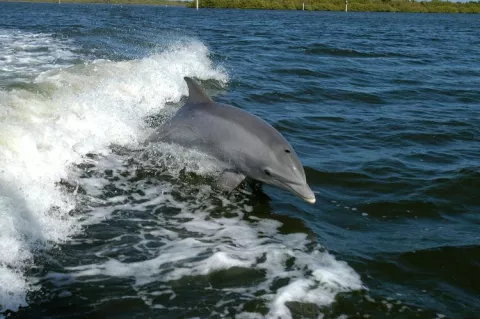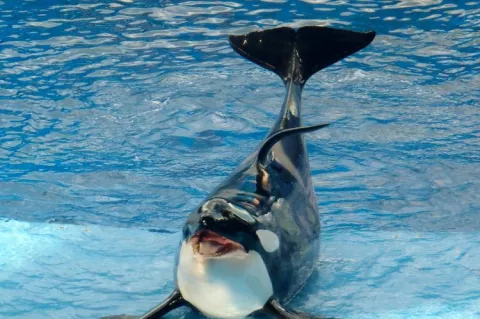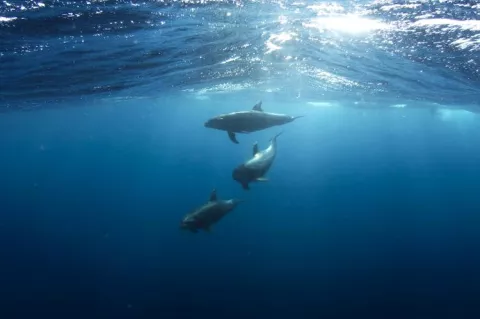Dolphins appear to use the reef as a medicine chest
Bottlenose dolphins appear to repair skin and stay healthy by repeatedly rubbing up against corals that have natural medicinal properties, according to new research.
Corals and sponges used by the dolphins have been found to contain 17 bioactive compounds, with different properties, such as antibacterial, antioxidative or hormonal attributes.


